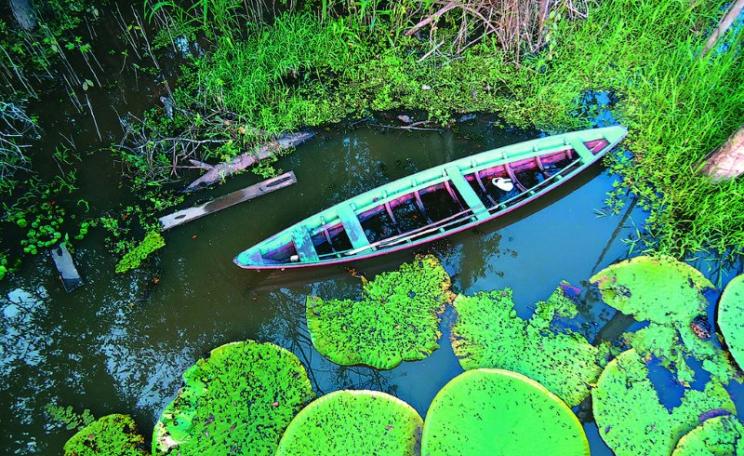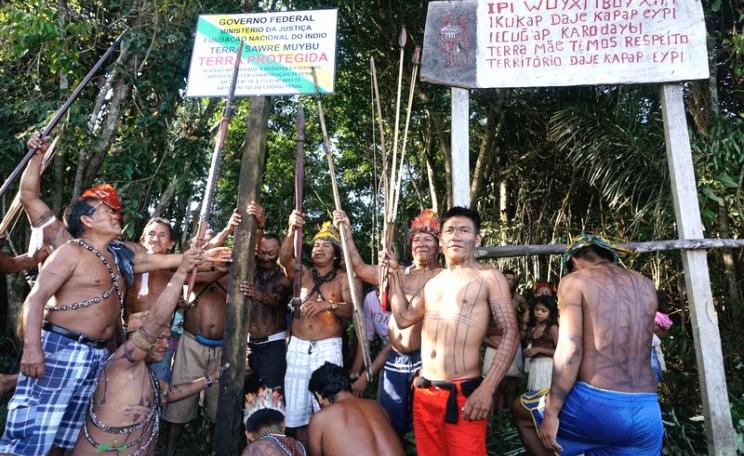The damage inflicted by these dams would be massive, and the benefits are still unclear. Given that there is no sound reason to build these dams, why are these dams being built, and why now?
A new film exposes how officials in the Malaysian government are making huge profits on 'development' projects that are forcibly relocating local people in Sarawak on the rainforest island of Borneo
The film, 'Commerce or Corruption? The economics of mega-dams' shows that the plan to build twelve new large hydropower dams is wholly unnecessary as Sarawak already has abundant electricity.
Dam proponents do not have a plan for how to use all the energy or where to sell it. However, private companies involved in construction and transmission stand to make gigantic profits.
Some of these companies are controlled by relatives or cronies of the governor of the state - Abdul Taib Mahmud, the driving force behind the dams. A politician since the 1970s, he held the powerful position of Chief Minister from 1981 to February 2014, before being appointed governor three days later.
Released by The Borneo Project on the 555th day of the community-led Baram Dam blockades, Commerce or Corruption? is the second film in a series of short documentaries exposing the realities of proposed mega-dam construction in Sarawak, Malaysia.
Mega-hydro projects are driven by the Malaysian government through the 'Sarawak Corridor of Renewable Energy', or SCORE. If built, these dams will force tens of thousands of people from their land, drive untold species extinct, pollute the rivers - the lifelines of the jungle - and produce more greenhouse gas emissions per megawatt of energy than coal-fired power plants.
"The damage inflicted by these dams would be massive, and the benefits are still unclear. Given that there is no sound reason to build these dams, the question becomes, why are these dams being built, and why now?" asked Jettie Word, Executive Director of The Borneo Project.
Video: 'Commerce or Corruption?' from The Borneo Project on Vimeo.
Commerce or Corruption? exposes the government's true motivation behind the dams: personal financial gain. Private companies involved in construction and transmission stand to make gigantic profits from building the dams.
Doling out construction contracts would add even more gold to the already over-flowing coffers of politicians, their business associates and their well-connected family members.
These mega-dams also assume an outrageous energy demand growth rate. Sarawak currently produces significantly more energy than it can use, and proponents have no concrete plans for how to use or sell the energy.
The ongoing Baram Dam blockades, community-led non-violent direct actions, involve men, women and children and have prevented loggers and the dam developer, Sarawak Energy Bhd (SEB), from accessing the construction area since October, 2013.
The blockade is maintained by indigenous Kenyah, Kayan, and Penan people and demonstrates the tremendous local resistance to dam development and logging.
Video: 'Damming Our Future' from The Borneo Project on Vimeo.
Despite opposition to the dams, the government of Sarawak and SEB continue to overlook widespread grievances and push for unnecessary and harmful development. If completed, the Baram Dam will inundate 26 villages and displace between 6,000 and 20,000 people.
Broken Promises, the next film in the series, will be released in July. It will highlight the devastating impacts of forced relocation on indigenous communities. All of the films will be available on The Borneo Project website.
About: For over twenty years, The Borneo Project has worked with indigenous communities to protect their rainforests and land rights.




